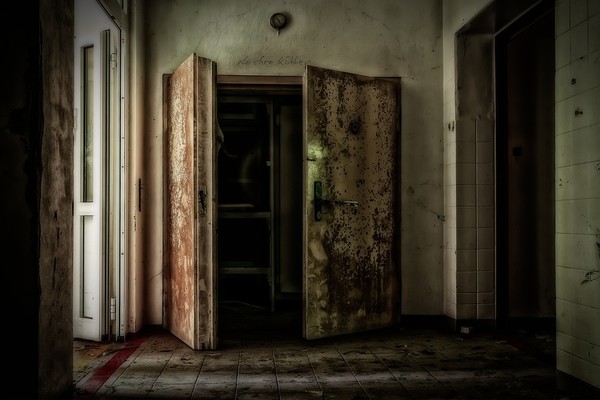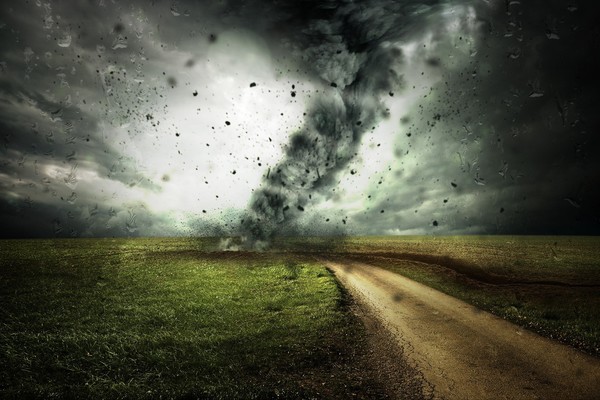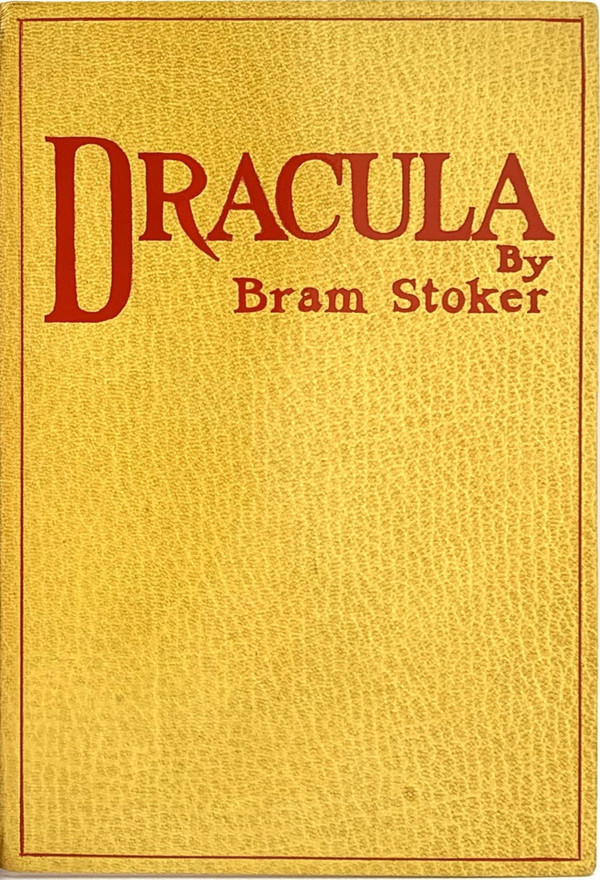Summer comes, and the horrors begin

Summer — the season of the scorching sun, mosquitoes, and... horror movies! When summer comes, we can easily find horror movie posters in theaters' ‘Now Showing’ section. Looking at the release of the popular horror movies, it is obvious that more of them come out in summer than other seasons. Do horror movies actually cool off the sweltering heat of midsummer? If you are curious, stay tuned!
Where Does Fear Come From?
People feel fear for a variety of reasons. Did you know that even though fear is a fundamental human emotion, the reasons for feeling afraid are largely learned? In behavioral psychology, learning fear of an object is explained by the principle of stimulus generalization. Like the famous proverb ‘a burnt child dreads the fire,’ people fear objects with similar characteristics to those they were frightened by in the past.
Meanwhile, the objects that we fear seem to change according to historical and socio-cultural context. In medieval times, people were so badly afraid of witches that they tried to burn them all. Nowadays, it would be a silly idea to fear them. Likewise, although the objects that we fear have changed throughout history, the emotion itself has stuck within humankind’s deep down inner minds.
Stephen King, an American author who has been often described as the “King of Horror,” classified fear into three categories: gross-out, horror, and terror.

Gross-out
A type of fear related to natural disgust aroused by something unsanitary that might cause disease. Ex) An encounter with a pest such as a cockroach

Horror
A type of fear related to supernatural phenomena or huge events that people cannot cope with. Ex) Natural disasters or wars

Terror
A type of fear felt in a state where people do not know whether they are safe or not. A fear manifested by a thorough imagination. According to King, terror is the worst fear above all. Ex) Uncanny valley
Footsteps of the Horror Genre

The horror genre is a creation especially treating materials that cause fear or disgust as its main subject. The origin of this genre even dates back to ancient times. Tales about death, the afterlife, and demons are commonly found in various traditional folklore and religions throughout cultures. Most European horror fiction has developed under the influence of works of the Ancient Greeks and Ancient Romans. Those from the fifteenth century who were notorious for their cruelty inspired creators of the future and therefore became motifs of many horror novels. These novels, which went through the Gothic style of the eighteenth century, developed into a genre of well-known horror literature in the nineteenth century. The works written around this time, such as Mary Shelley’s Frankenstein (1818) and Bram Stoker’s Dracula (1897), are still widely read and adapted by people of the modern world. It was in the twentieth century when horror writers began to enter the media in earnest. Writers such as H. P. Lovecraft, who popularized the cosmic horror genre based on Cthulhu Mythos, played an active role in this period. It was also around this time that horror movies began to be produced. The sub-genres of horror movies formed under the influence of horror literature continue to be made to this day.
Techniques Used in Horror Movies
George Antheil, an American avant-garde composer, said “the movie characters don't know what's going to happen, but 'music' often knows.” The first feature of horror movie sound is ‘dissonance.’ Dissonance describes notes that conflict with each other when two or more notes are played at the same time. It gives the listener a sense of expectation that it will change to a ‘consonant sound.’ However, if expectations for harmony are not met, it can create anxiety and tension in the listener. This emotional anxiety is amplified by the movie’s soundtrack.
The second is 'repeatability.’ This is also called ‘ostinato.’ The musical technique used in repeatability is not intended to create tension by deviating from the norm, but to create tension by excessive repetition. When these repetitive rhythms are used together with dissonance, it intensifies the tension. A classic example is the scene of a ghost crawling out of the TV in the 1998 Japanese suspense thriller, ‘The Ring.’
"Lights make the efforts of everyone who created art and costume makeup both stand out and become meaningless," screenwriter Mankiewicz said. Unlike other genres of movies, horror movies artificially create shadows by using ‘lighting.’ This shadow creates ambiguity by keeping things invisible, which the film uses as a major tool to induce fear in the audience. In our survey, many students chose a scene that suddenly popped out as an experience of feeling fear. This can be seen as a technique using lighting for fear. When the object hidden in the dark suddenly pops out, the audience is momentarily surprised because of ‘knee-jerk(automatic) fear’.
Not only lighting, but ‘colors’ are also used as visual elements. In particular, the occult movie in which ghosts appear in Korea is a representative example. This movie induces fear by using the contrast between the dark red blood around the eyes of the ghost and the achromatic color screen.
Globe Survey =======================================
Why do you enjoy watching horror movies?
- The chilling scenes make me feel cool.
- Without any special reason, many horror movies are released in the summer.
- To enjoy the thrill
Which genre of horror movies is the scariest? (multiple responses)
occult 41.8%
gore 32.7%
slasher 27.3%
Which object is the most terrifying in a horror movie? (multiple responses)
ghost 56.4%
murder 54.5%
zombie 14.5%
Tell us about your experience watching horror movies.
- Movies using common elements of everyday life such as door locks and closets are scary. Whenever I see that, it reminds me of a movie, and it is likely to happen in reality.
- When music gives a sense of fear, I sometimes turn down the volume. / On the contrary, the monologue is scary.
- The scene where something suddenly pops out is scary.
Horror movies use a variety of techniques to scare the audience. This article introduces several representative auditory and visual techniques.
=======================================
Physical and Psychological Effects of Horror Movies
Why do people feel chilly and get goosebumps after watching horror movies, even when the weather is hot? Believe it or not, horror movies make a body go through a process similar to when the body temperature drops. The brain sends warning signals as it feels fear and tension while watching them. Then, adrenaline is released and the heart beats faster.
Blood vessels and muscles contract, which lead to pale faces and goosebumps. Cold sweat from anxiety and tension evaporates, making the body feel chilly. Furthermore, many horror movies use sound effects to maximize fear. It usually keeps increasing its tempo and the audiences’ heartbeats follow its pace. Loud sound effects also appear in the middle of nowhere and effectively surprise people. This could frighten people better than scary images because the amygdala is more sensitive to the sense of hearing than sight. The amygdala is a part of the brain that reacts to fear. When the amygdala judges something as dangerous and threatening, people feel fear. However, each person feels a different amount of fear from the same source. That is because a person’s amygdala is unique. Whether the amygdala is genetically strong or weak influences the level of horror an individual feels.
Along with physical reactions to horror movies, there are interesting psychological effects. Fear releases excitatory neurotransmitters like dopamine and adrenaline. The audience is well aware that they are in a safe environment while they are watching a horror movie. Although adrenaline, dopamine and endorphin are released, the brain knows that there is no real danger. The physical reactions like tense muscles and fast breathing quickly disappear, and the audience is left with positive and pleasurable chemicals. Most people are likely to enjoy the effects of excitatory neurotransmitters rather than the feeling of fear itself.
Horror movies display fears, desires, and instincts that are buried deep inside our minds in plain sight. It helps people release and ease their anxiety in the form of ‘catharsis.’
Catharsis, which was introduced by the Greek philosopher Aristotle, is the purification and purgation of emotions like pity and fear through extreme change in emotion. It results in renewal and restoration of a person’s mind. The audience can resolve their negative emotions and stress from their real lives by watching horror movies. When the antagonist like a killer, ghost, or monster is removed at the end of the film, people feel a deep sense of resolution. The filmmaker John Hess’s article The Psychology of Scary Movies states that ‘Negative feelings created by horror movies actually intensify the positive feelings when the hero triumphs in the end.’ Through these psychological effects, people can feel light-hearted, relieved and satisfied after watching a horror movie.
Many people turn away from horror movies because of their violent and scary nature. While horror movies cause chills through our bodies, it also brings thrill and pleasure to our minds. Why not watch one this summer and escape the heat?
By Gu Seo-yoon(Editor), Kim Eun-ji(Reporter), Chin Da-youn(Reporter)

